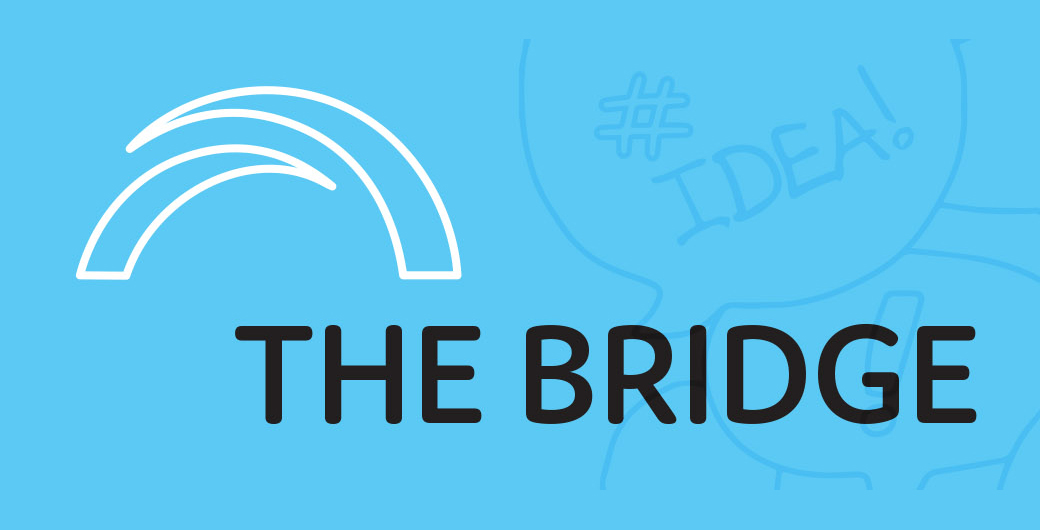
Collaboration is a ubiquitous yet contested feature of public policy. A new ebook provides a new account of collaboration’s appeal. One chapter outlines three key challenges that encapsulate the collaborative conundrum in public policy. It makes the case for a better framework to analyse collaboration. Integral to this framework is the experience of human actors, the potential and limits of human agency, and the role of identity and performance.
About collaboration
Described as ‘the coming together of actors to work across boundaries in pursuit of public purpose’, collaboration can take many forms. This includes partnerships, networks, coalitions, and alliances. Collaboration is present across all tiers and spheres of governance from local to global, and is embedded in the making, managing, and implementation of public policy.
Supporters argue that collaboration is essential to meeting any number of challenges including:
- tackling cross-cutting public policy dilemmas such as climate change, resource management and security
- advancing innovation
- supporting user-centred public services.
Critics meanwhile question the empirical evidence in support of collaboration and its political consequences. They identify significant gaps between the costs of collaboration and the benefits. They point to limited evidence of improved economic or social outcomes and also challenge the roles afforded to the state in enabling and constraining collaborative institutions.
Human actors and agency
Human actors are integral to public policy collaboration. They design the policy frameworks that promote collaboration. They build the relationships necessary for collaboration – or undermine them. They engage in the activities required for collaboration to succeed or fail. They inhabit the roles associated with enabling or inhibiting collaboration.
A comprehensive understanding of collaboration requires positioning actors at the centre of analysis and paying attention to agency and action. The relationship between human actors and collaboration is also a dynamic one. Collaboration shapes and is shaped by the identity of individual actors and their ‘groups’.
The collaborative context
The collaborative context is set by the conditions of contemporary governance -interdependence, hybridity, and diversity – and the corresponding demand for individuals and institutions able to work with and manage them.
- Interdependence requires collaboration between citizens, organisations, economies, and governments at all levels to tackle global policy challenges such as climate change.
- Hybridity describes the institutions and organisations created to respond to interdependence. These are structural arrangements that involve different spheres of activity—government, business, civil society, not-for-profits – in collaborative governance or policy networks.
- The diversity of populations, religions, cultural and social mores creates a plurality of perspectives that can make collaboration more difficult to secure.
The collaborative conundrum
Three key tensions or contradictions highlight the importance of collaboration to public policy and governance, while also emphasising the apparent unsuitability of today’s environment for collaboration.
Collective action problems
These are problems which can be addressed through the cooperation of a variety of partners. Contemporary conditions have both intensified the urgency of existing collective action problems such as climate change, while adding new ones such as aged care. Governing collective action problems requires collaborative action between state and non-state actors, with communities, and across governance tiers and spheres. However, the conditions of contemporary governance make collaboration harder to achieve.
‘Publicness’
Collaboration is associated with specific formations of ‘the public’. These may be in relation to ideas of the public interest and public goods. They may be linked to established institutional formations such as national and local government, or public bodies. Trying to differentiate between ‘the public’ and ‘the private’ has become increasingly difficult as governments enlist private and charitable organisations in the delivery of public services and privatise public institutions.
Demands for collaboration have increased to address the fragmented, multi-actor contexts that now describe ‘publics’. However, they also make collaboration more difficult.
Public policy in flux
Developments such as globalisation and neoliberalism have influenced how we think about the scope and scale of public policy. They bring new ideas and practices into contact with established ways of making and delivering public policy. Collaboration is implicated in all these developments, usually as a consequence of blurred boundaries.
The bottom line
The book stresses the importance of human endeavour in collaborative action. Endeavour encapsulates the persistent and often frustrating effort required to collaborate, coupled with an acknowledgement that in some cases there may be no resolution to the public policy challenge at hand. Endeavour is a reflection of the determination to act in pursuit of public purpose.
Want to read more?
Collaboration and public policy – Helen Sullivan, Palgrave Macmillan. 2022
Each fortnight The Bridge summarises a piece of academic research relevant to public sector managers.

Recent Research Briefs on collaboration include:
- Published Date: 11 April 2023
